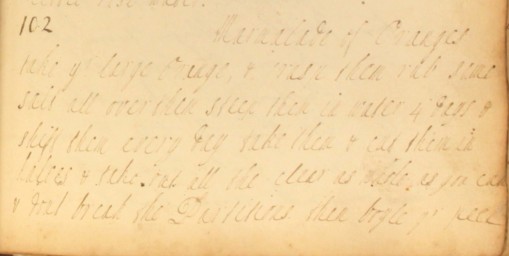Over the last few months, some of our friends in the Blogosphere have kindly nominated us for blogging awards.
This thank you is well overdue, but we’d like to take this opportunity to show our gratitude to Snail of Happiness, who nominated us for a Super Sweet Blogger Award, Aneela of The Odd Pantry, who nominated us for a Liebster Award, and Transplanted Cook, whose Sunshine Award also brightened our day! Do take a moment to look through their blogs: they are well worth a visit!
If you’d like to find out a bit more about us, you’ll find 7 facts about Westminster City Archives – with pictures! – in an earlier blog post. Many other websites have inspired us while researching and writing about the Cookbook of Unknown Ladies, and we’d like to extend our thanks to them too. Here are some of the sites which have captured our imagination:
The History Kitchen
Tori Avey’s beautifully produced blog is full of fascinating articles on how we came to eat the dishes we enjoy today. Tori has also put together collections of ‘vintage’ and ‘literary’ recipes to try at home. We particularly like the sound of the ‘Smoking Bishop’ drink, a hot spiced punch drink mentioned in Charles Dickens’s A Christmas Carol!
The Cook and the Curator
Sydney Living Museums are behind this fantastic site, bringing together cook Jacqui Newling and curator Scott Hill in an exciting collaboration to explore the way we ate and lived in times gone by. There are lots of historic recipes to try, but we also recommend taking a look at their articles on he development of dining conventions and the ‘lost arts’ of cookery. A great insight into the way our ancestors lived and ate.
NPR – The Salt
The Cookbook of Unknown Ladies featured on this site some months ago… National Public Radio’s food blog ‘The Salt’ brings you the latest news in gastronomy, including some intriguing discoveries and investigations into our food traditions. From the Roman roots of fish sauce to why we colour cheeses, it’s a really eye-opener!
Guildhall Library Blog
The Guildhall Library’s online newsletter acts as a showcase for their wonderful collections on London history, including special collections on wine and food. A recent article shares an 1808 recipe for Twelfth Night Cake
Enfilade
Keep up-to-date with the latest exhibitions and publications on 18th century history with the Enfilade blog. Well worth subscribing to!
Bite from the Past
This blog exudes enthusiasm, and it is infectious! Just as good for exploring the recipes of Jane Austen’s day as it is for raising awareness of lost dishes from the more recent past. The blog is beautifully illustrated with photographs, showing the principal steps of each recipe.







